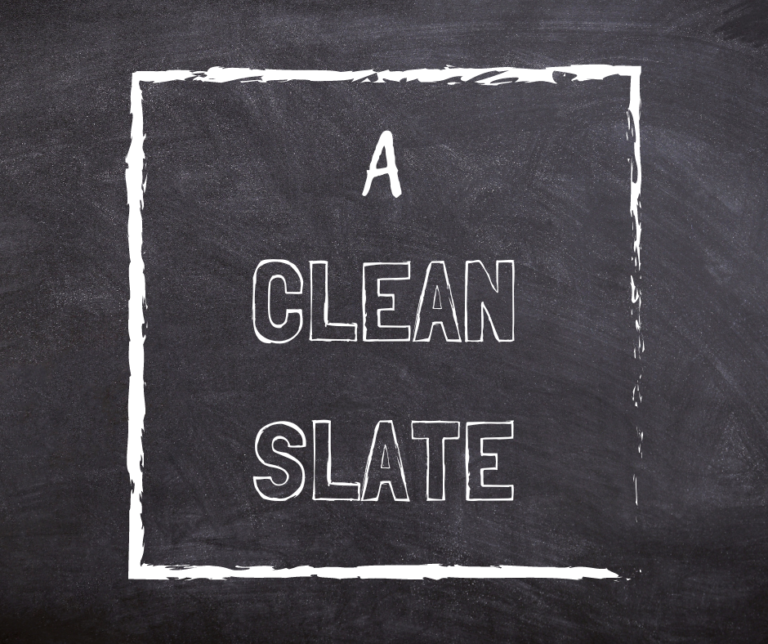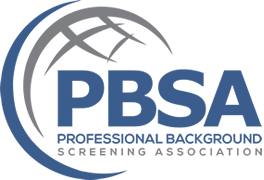Businesses, healthcare institutions and colleges all rely on drug testing in the workplace for various reasons. Most people, no matter their experience, are confused about some key aspects of the drug testing process. Here is a brief overview of the drug screening process.
Are the results valid?
There are numerous guidelines in place to ensure that the results are reliable. Several key guidelines safeguard against inaccuracies in the testing process. Chain of custody requires that every step of the handling process is documented. This means that from the time the sample is collected to the time it is evaluated in a laboratory, all parties handling the specimen are on record. The specimens are evaluated onsite at an initial screening. The specimen can be retested once again at the laboratory to confirm findings. If a specimen tests positive for whatever reason, then a secondary confirmation test is conducted to avoid any instance of a false positive. The final safeguard is the split sample, in which the sample is divided into multiple specimens. One-half of the specimen is tested during the initial screen. The remainder is tested at a laboratory if the initial screen reveals a positive result.
What do tests evaluate?
The testing equipment is very accurate in evaluating samples. These tests are sophisticated and can tests between opiates and poppy seeds. Over-the-counter meds can be identified during testing methods as well. Cocaine, PCP, barbiturates, methamphetamines, methadone, amphetamines, benzodiazepines, and opioids can all be detected through testing methods.
What are the various types of testing available?
There are five main types of tests available for drug screens. The urine drug test is the most common form of testing. It is effective because anything metabolized will be passed through urine. Saliva testing uses a cotton swap to take a sample from the cheek of the employee. Although it isn’t considered intrusive, it is more effective in detecting THC in subjects. Hair tests are particularly revealing in that anything ingested and metabolized in the system will eventually be released through blood vessels located in the scalp. Samples pulled directly from the scalp can hold drug byproduct found in the system from over six months ago. Perspiration drug testing requires that a patch be attached to the skin for two weeks. These tests are usually associated with law enforcement agencies and their efforts to monitor people under supervision. Blood testing is not particularly cost-effective, but it is considered to be accurate and is capable of producing results onsite.
Workplace drug testing must take into consent and privacy when identifying the testing method. Drug tests can vary in price. It is recommended that you consider which testing will serve your entity’s needs. Always factor in the turnaround time for any testing effort when planning your drug screens. Whether it’s pre-employment screening or accident screening, you must evaluate the safeguards in place to protect the specimen if the risks are great.




